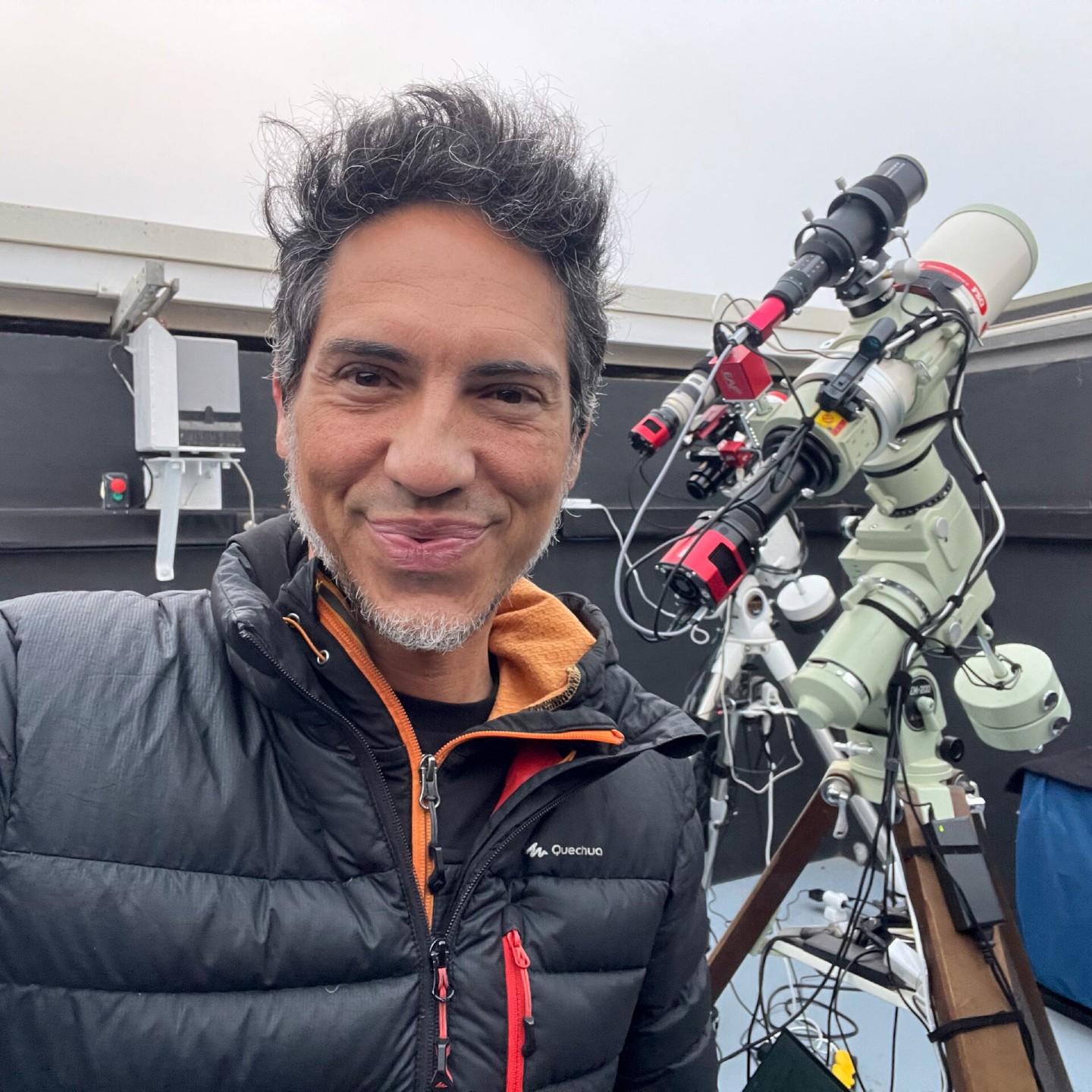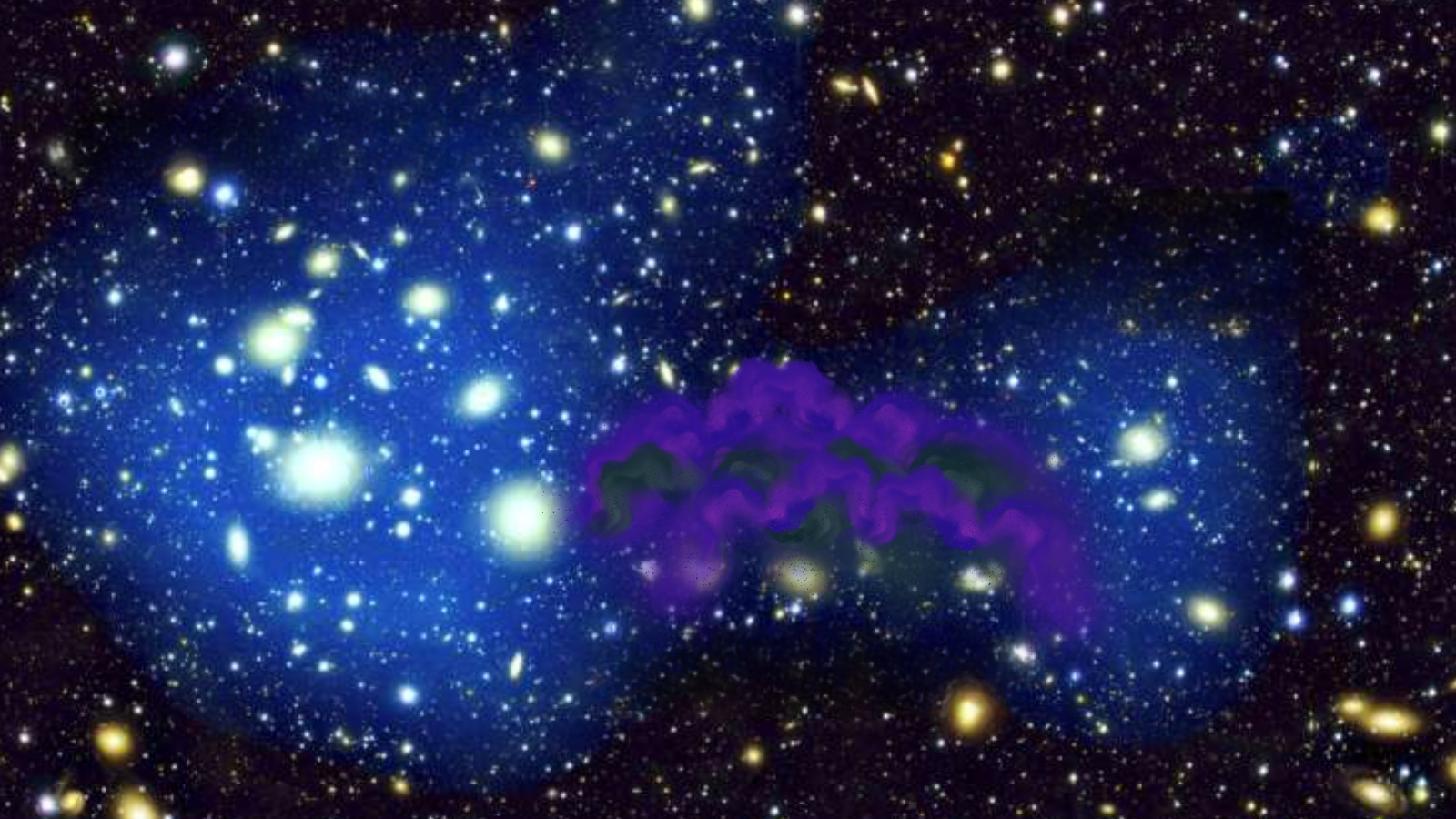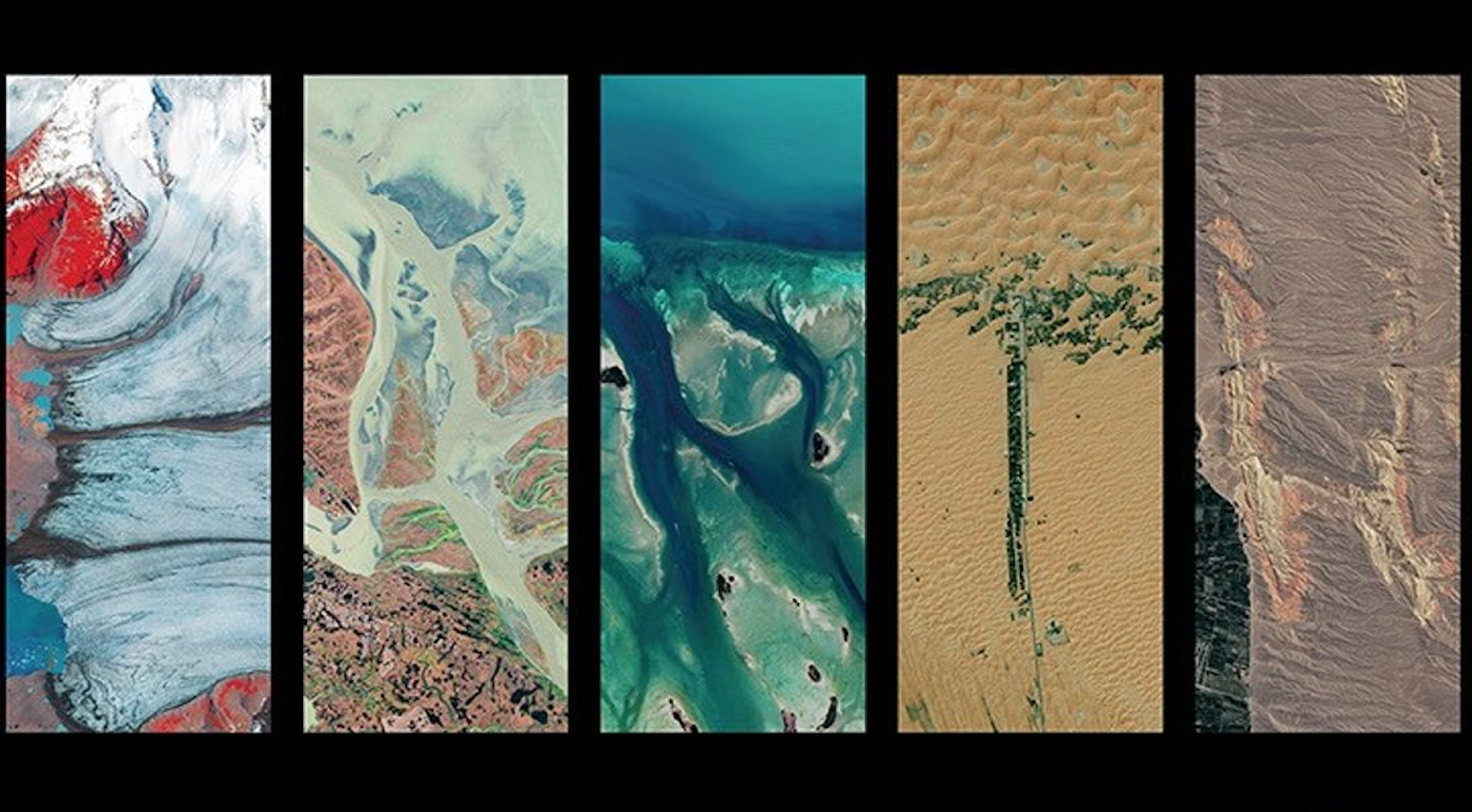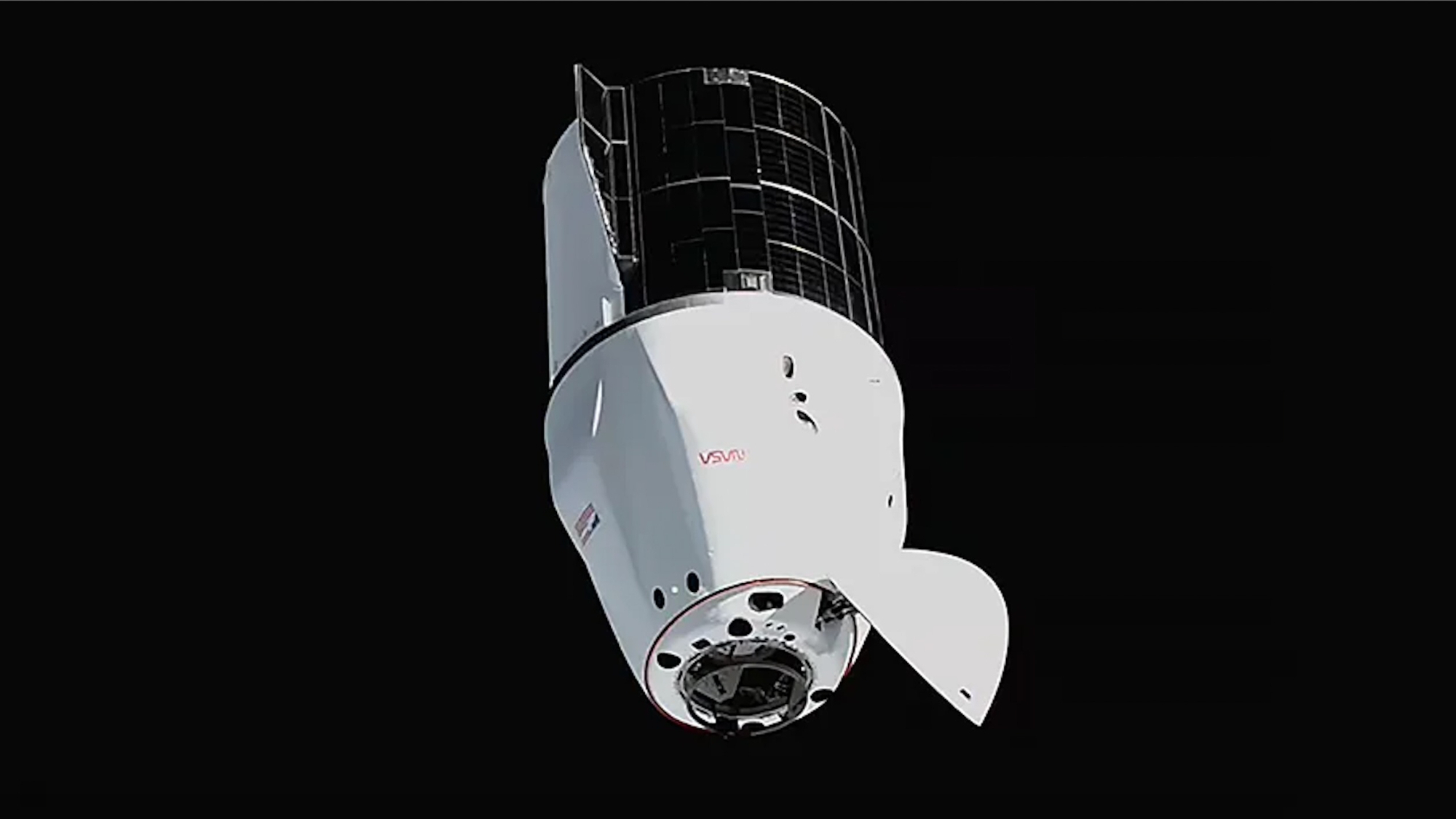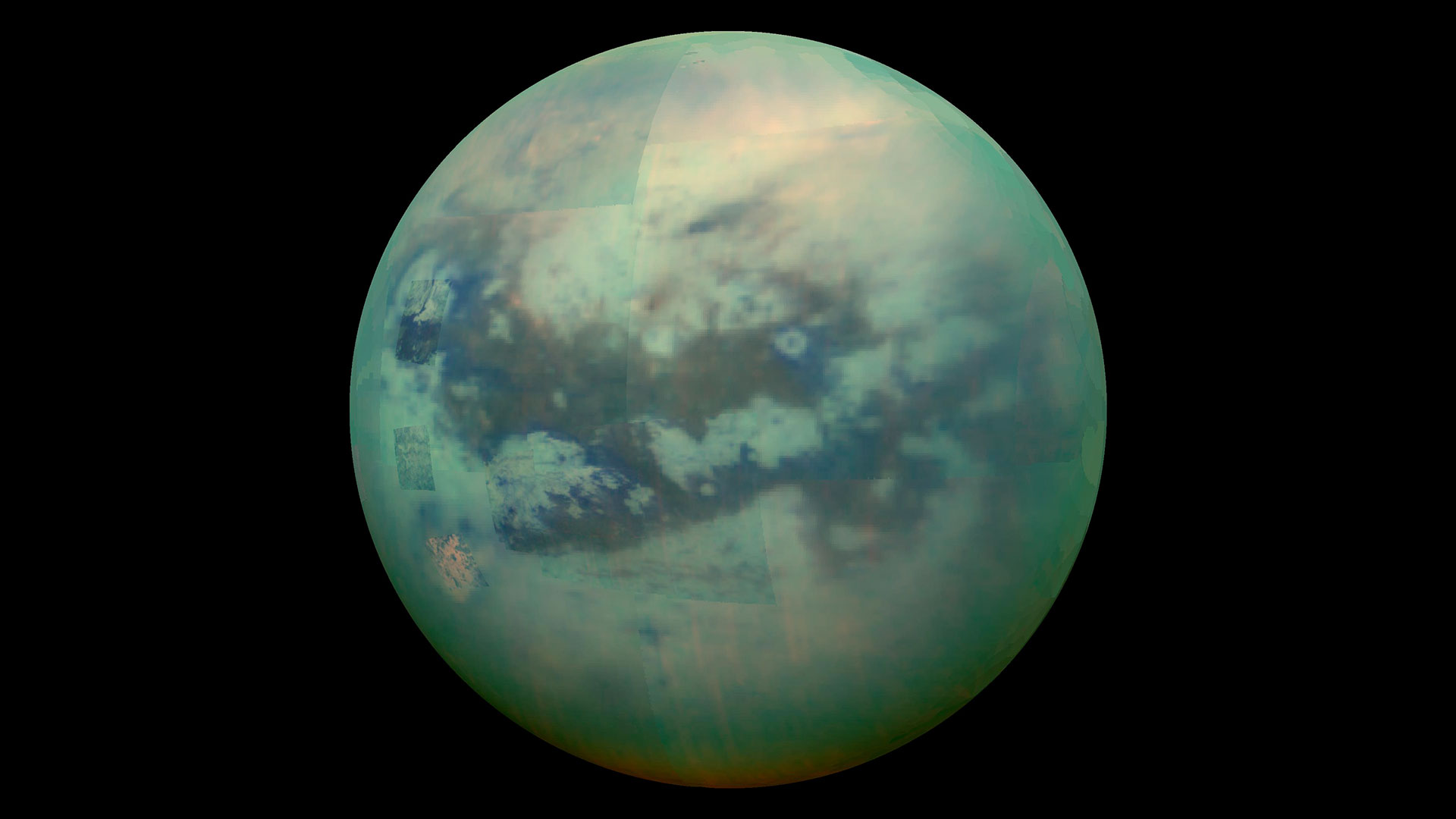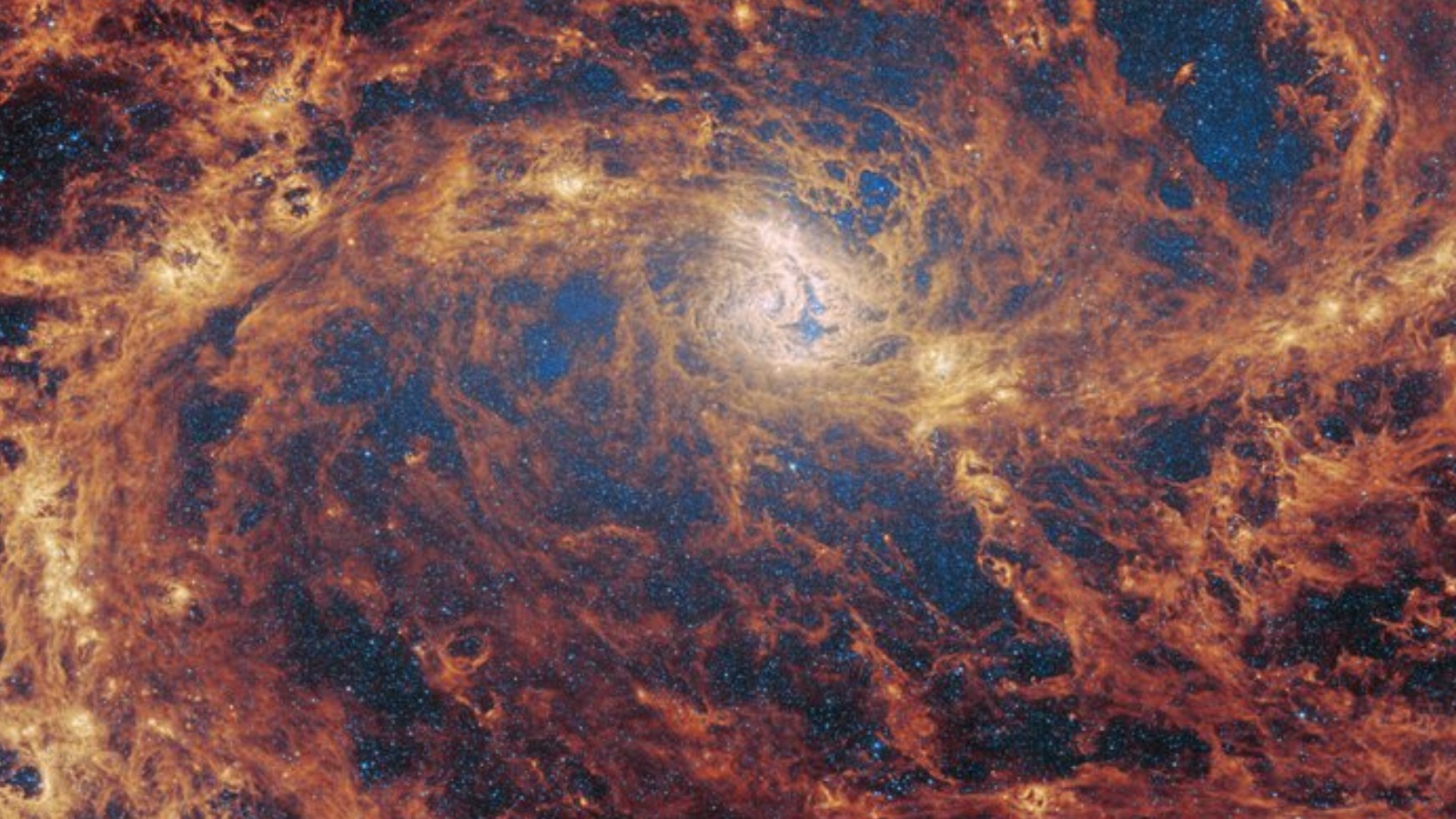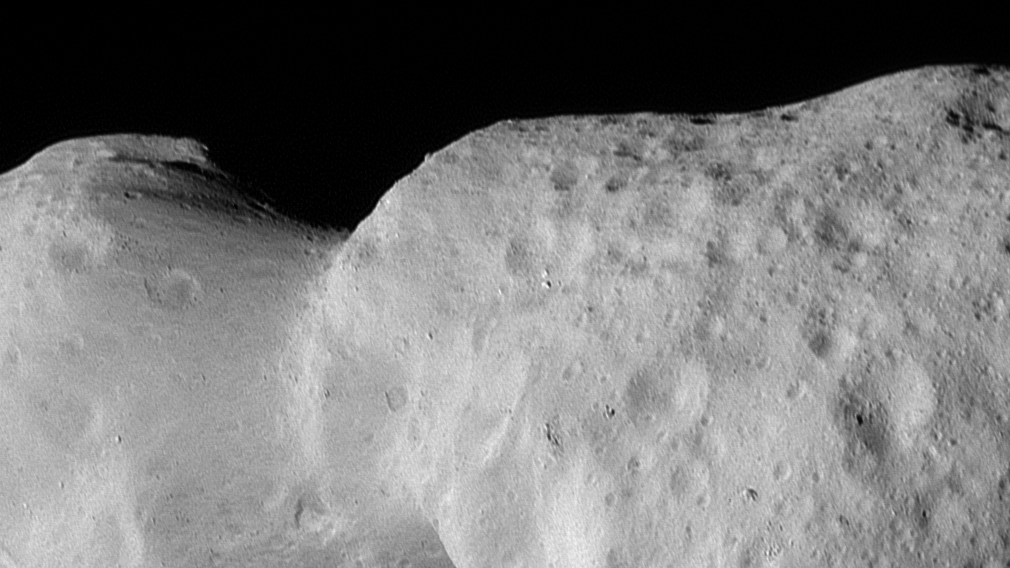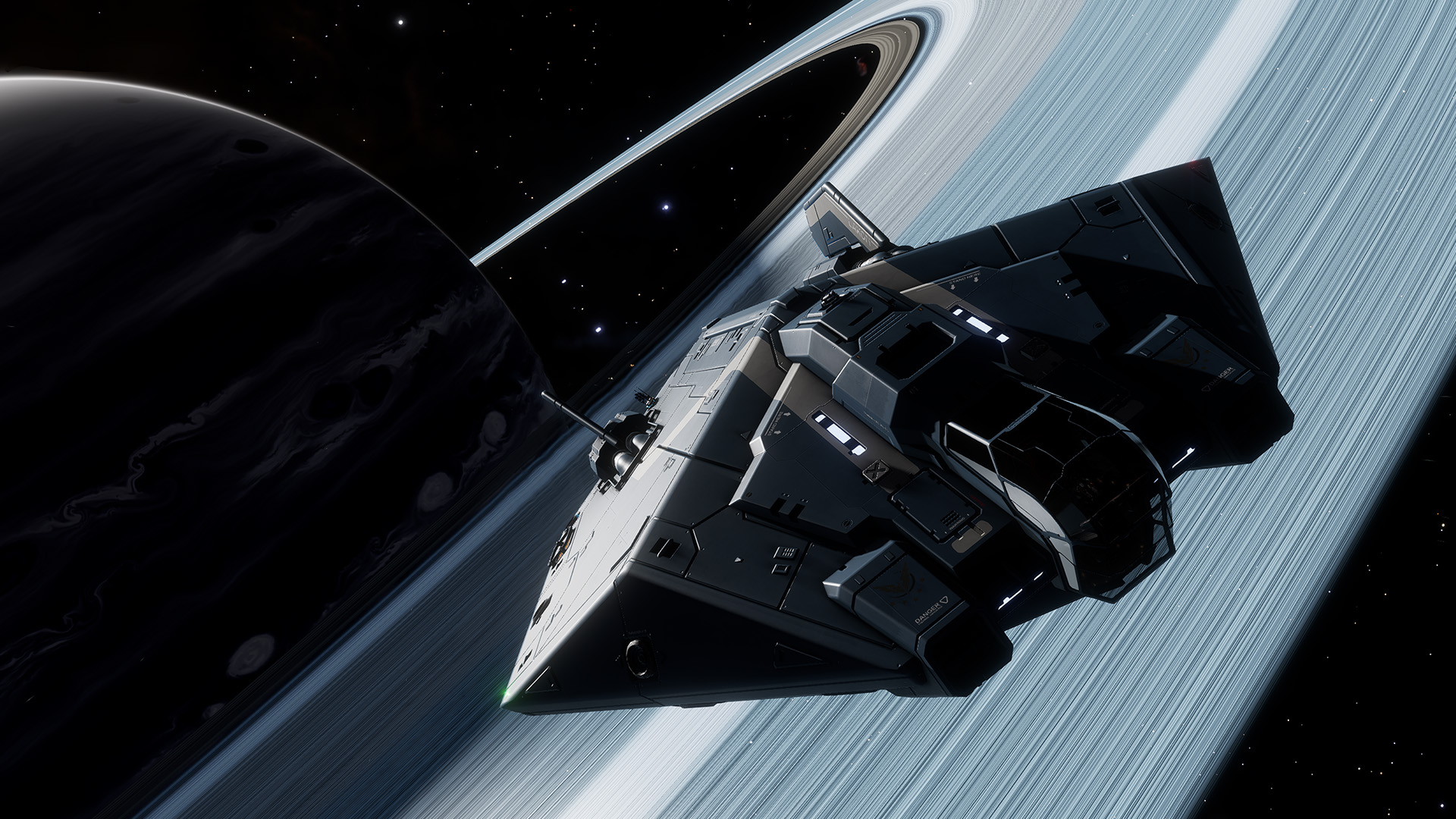Gorgeous deep space photo captures the Andromeda Galaxy surrounded by glowing gas
Spanning approximately 220,000 light-years across, the Andromeda Galaxy is the largest galaxy of the Local Group, which also contains the Milky Way.
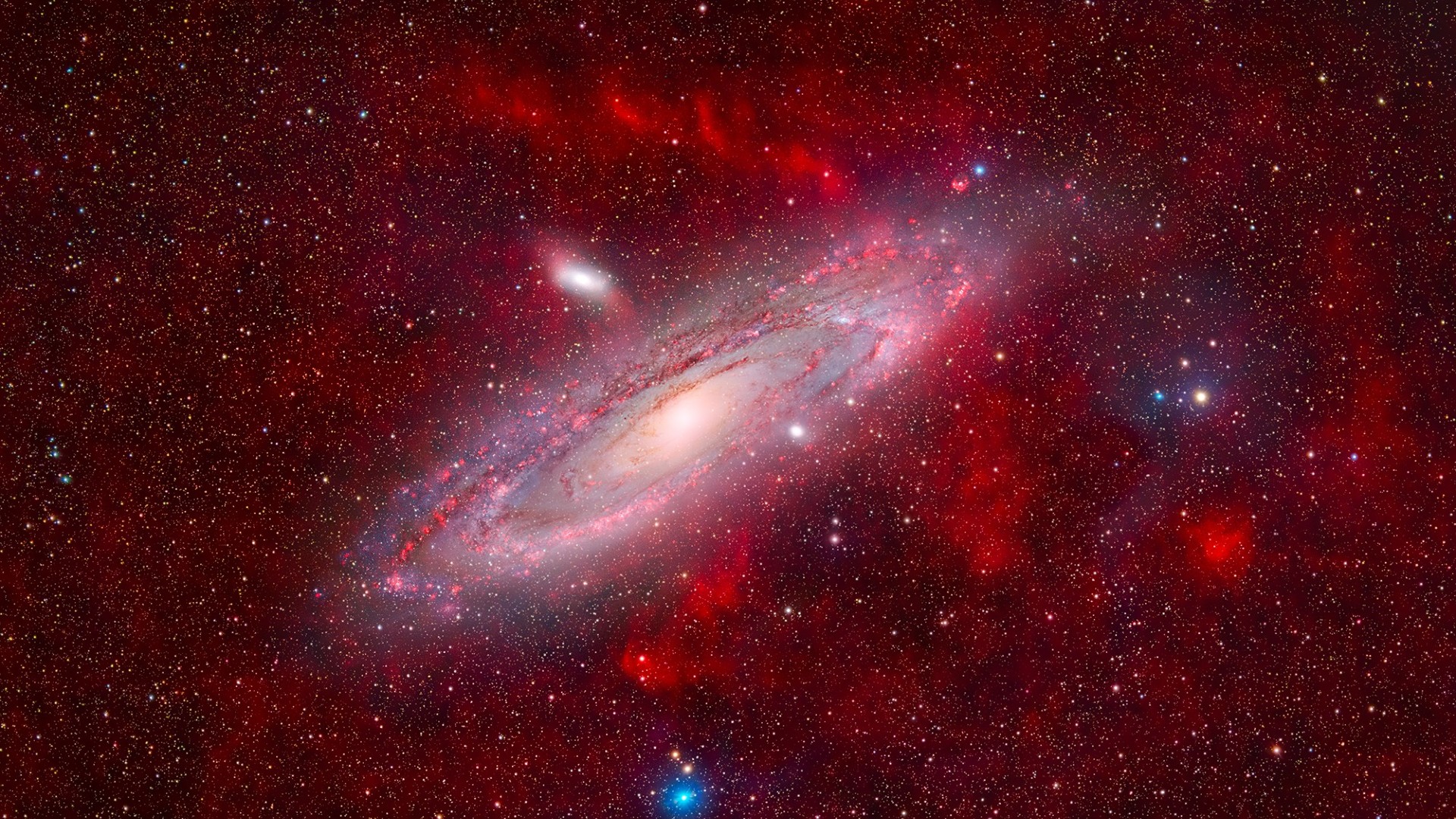
Miguel Claro is a professional photographer, author and science communicator based in Lisbon, Portugal, who creates spectacular images of the night sky. As a European Southern Observatory Photo Ambassador and member of The World At Night and the official astrophotographer of the Dark Sky Alqueva Reserve, he specializes in astronomical "Skyscapes" that connect both Earth and the night sky.
Five years after my first attempt to capture the Andromeda Galaxy surrounded by faint hydrogen alpha (Ha) clouds taken with a DSLR camera back in 2020, and inspired by the recent discovery by Strottner-Drechsler-Sainty of the oxygen-III (OIII) emission arc, I decided to get back to M31 and try my luck.
Spanning approximately 220,000 light-years across, the Andromeda Galaxy is the largest galaxy of the Local Group, which also contains the Milky Way, the Triangulum galaxy, and about 30 other smaller galaxies.
I decided to present my final view of M31 in a little different way, framing with a rotation that could help direct our attention to the most interesting parts of the immersive scene, keeping in mind to preserve the natural level of brightness of the core.
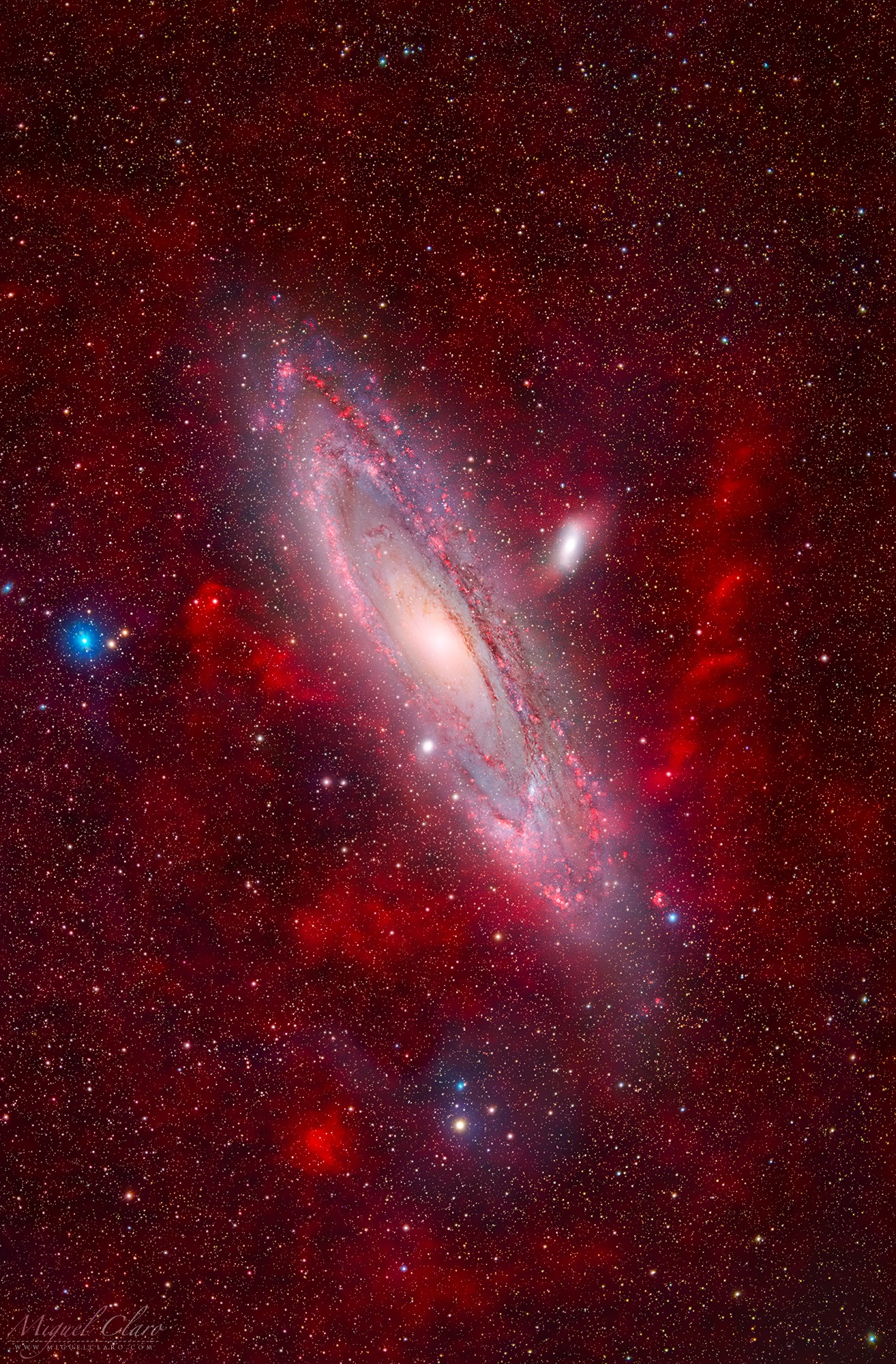
The image features a long integration of around 80 hours in HaOIII emission using a dual band filter, to show the colorful field of faint glowing ionized hydrogen gas where the galaxy seems to be immersed in. Despite these faint clouds, all the galaxy shape has a strong emission visible with Ha 3nm filter.
The large-scale cloud formations visible in the foreground belong to our own Milky Way galaxy, as do the several distinct colorful stars which surround the diffuse spiral shape of M31. While its spiral arms stand out in visible light, the arms look like rings when viewed in ultraviolet light.
Being sites of intense star formation, the rings have been interpreted as evidence that Andromeda collided with its smaller neighboring elliptical galaxy M32 more than 200 million years ago.
Get the Space.com Newsletter
Breaking space news, the latest updates on rocket launches, skywatching events and more!
Even with all my efforts and challenges along the way, 80 hours where not enough to achieve the demanding level of good data needed for revealing the faint OIII arc, specially difficult in One Shot Color (OSC) cameras, so after analyzing the data with the help of my experienced friend Yann Saint, I took the decision of not include the OIII data on the arc for being insufficient to reveal the proper expected shape and detail.
Still, the OIII signal included and visible in the arms of M31 could reveal dozens of planetary nebulas.
I hope you enjoy my result. The image was captured from Dark Sky Alqueva Observatory, in Cumeada, Portugal.
Fine art prints
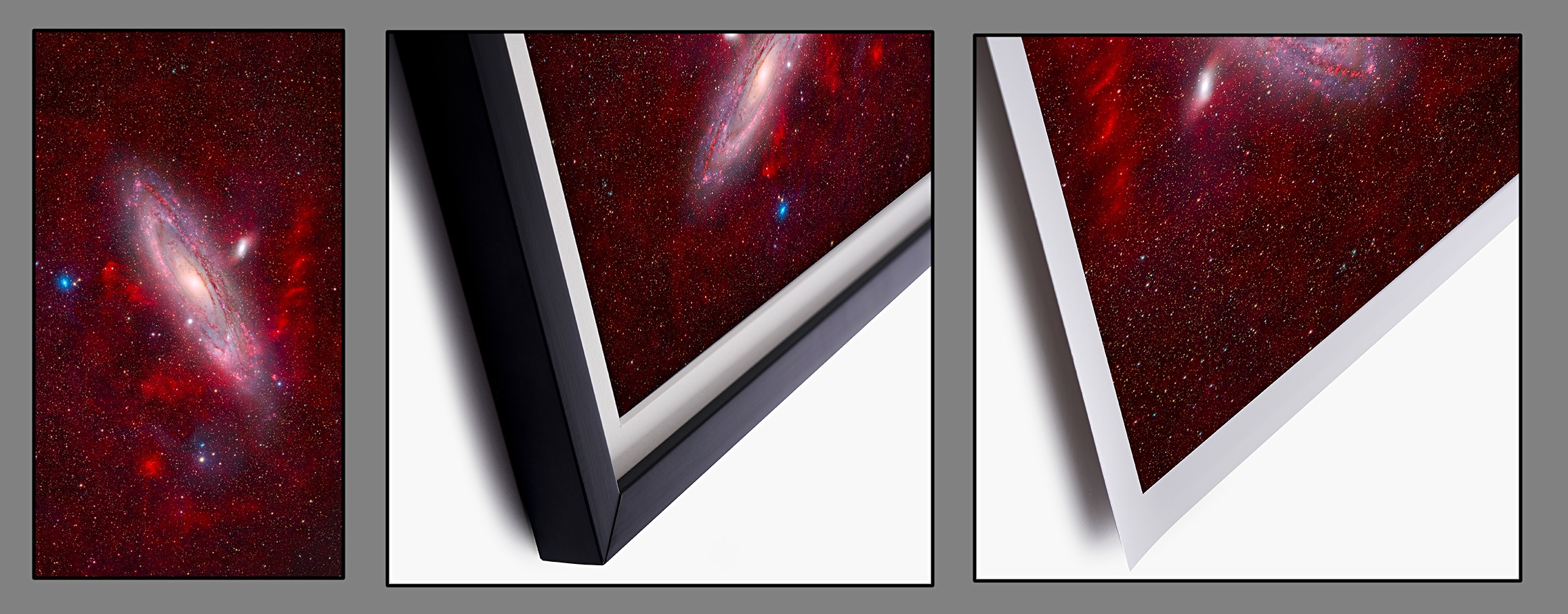
I hope you enjoy it as much as I do, and if you want to support my work as an independent artist, you can buy one of my images as a print and a piece of art or a wall decor for your sweet home! Explore the size options and different types available on my Print gallery. Meanwhile, you can sign-up my newsletter to get early access of future releases.
Join our Space Forums to keep talking space on the latest missions, night sky and more! And if you have a news tip, correction or comment, let us know at: community@space.com.
Miguel Claro is a professional photographer, author and science communicator based in Lisbon, Portugal, who creates spectacular images of the night sky. As a European Southern Observatory photo ambassador, a member of The World At Night and the official astrophotographer of the Dark Sky Alqueva Reserve, he specializes in astronomical skyscapes that connect Earth and the night sky.
You must confirm your public display name before commenting
Please logout and then login again, you will then be prompted to enter your display name.
